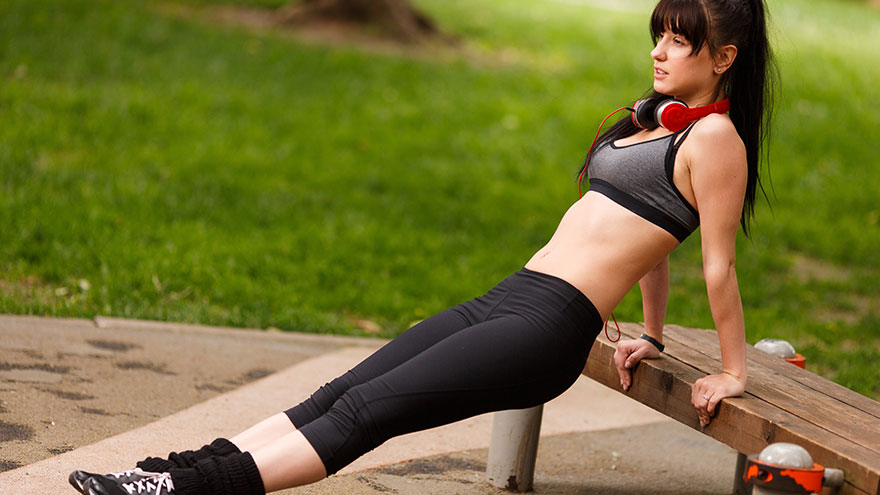How Fast Should a Pulse Be to Make a Difference in a Workout?
Many exercise variations determine your workout intensity, but the one you need to monitor is your pulse. Your heart rate should be within a certain range for your workout to be effective. If you exercise at too slow a pace, you will not receive the calorie-burning, fat-blasting, cardiovascular health benefits of exercising at a higher intensity.
In contrast, when you exercise at too high an intensity level, you probably won’t be able to sustain it for long, which also changes the effectiveness of your workout.

Beginner
Your personal fitness level is a factor when determining your exercise intensity. When you are a beginner, the American Council on Exercise recommends a pulse rate of approximately 50 to 60 percent of your maximum heart rate.
Calculate your training zone by subtracting your age from 220 to determine your MHR; multiply the result by 0.50 and 0.60. Your workout will produce health benefits if you exercise at this intensity level when you first begin a fitness routine.
Intermediate
As your cardiovascular health and endurance improve, you will be able to exercise at a higher intensity level. Adjust the speed of your exercise, such as walking, swimming or bicycling faster, to increase your pulse. Aim to exercise at an intensity level that raises your heart rate to between 60 and 70 percent of your maximum. Multiply your MHR by 0.60 and 0.70 to calculate your target heart rate.
Advanced
Your heart rate slows down as your fitness level improves. In response to this, you have to exercise at a higher intensity level for your workout to be effective. Gradually increase your exercise speed until your heart rate reaches 70 to 80 percent of your maximum heart rate. Calculate your beats per minute by multiplying your MHR by 0.70 and 0.80.
Components
Speed is not the only variable that can increase your pulse rate. If you are walking outdoors or on a treadmill, or riding a stationary or outdoor bike, walk or cycle uphill to raise your pulse. You can make your movements larger to elevate your heart rate; for example, during an aerobic or step class, perform jumping jacks that are wider, or higher off the ground.
Other adjustments include increasing the duration and frequency of your workouts for more heart-improving benefits. You can also change the type of exercise you do, which can stimulate your pulse.
You Might Also Like :: How to Test VO2 on a Treadmill

